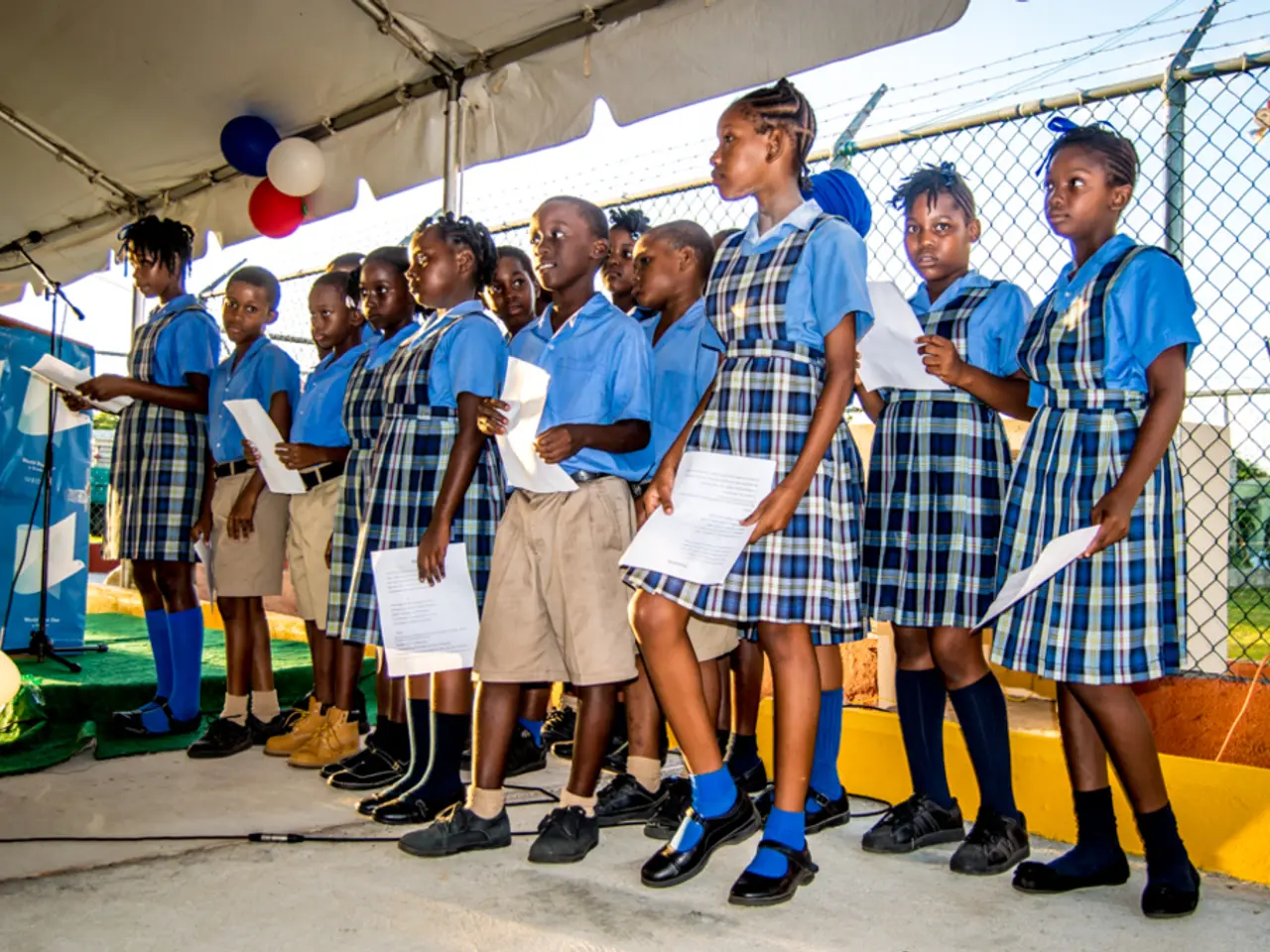Preparing Schools Amid Heatwaves and Pandemic: Delayed Action Considered
Since the onset of the pandemic in 2020, schools around the world have faced unprecedented challenges, with closures reminiscent of those during the Covid-19 pandemic. As we move forward, there is a growing focus on preparing educational institutions for health and climate crises, particularly in the realm of indoor air quality (IAQ) and resilience.
Aerosols play a significant role in the transmission of respiratory infections, making IAQ a crucial preventive factor. Over the past five years, various measures have been implemented to improve indoor air quality in schools and universities. One such initiative involves enhancing ventilation systems, with many institutions installing HEPA filters and implementing smart ventilation systems that can adapt to changing indoor conditions.
Air quality monitoring devices have also become commonplace in educational institutions, enabling schools to track and manage indoor air quality effectively. The effects of poor air on children's health, including asthma, attention disorders, absenteeism, and increased inequalities, are well-documented in environmental health. Therefore, it is essential to prioritise IAQ improvements to safeguard the health of our students.
Resilience measures are also being implemented to ensure schools can withstand health and climate-related challenges. Climate change has consequences on the thermal comfort and habitability of school buildings, with the early effects becoming increasingly noticeable. As a result, efforts have been made to make educational facilities more resilient to climate-related disasters through sustainable design and construction practices.
Integrating climate education into curricula is another key initiative, preparing students for environmental challenges and promoting sustainable practices. Additionally, disaster risk reduction (DRR) initiatives have been emphasised, with organisations like the United Nations Office for Disaster Risk Reduction (UNDRR) promoting the integration of DRR into school curricula and improving school infrastructure to withstand disasters.
There is also a growing emphasis on integrating digital tools and sustainable practices into education systems to enhance resilience and social inclusion. On a larger scale, the European Education Area initiative includes efforts to enhance innovation capacity and adaptability in higher education, which indirectly supports resilience against health and climate crises.
Regional and global platforms have been established to discuss strategies for disaster prevention and resilience building, which can inform educational institution preparedness. However, more targeted information is needed to detail the specific actions taken by educational institutions exclusively since 2020 regarding indoor air quality improvements and resilience.
As we navigate the challenges posed by health and climate crises, it is crucial to ensure that our educational institutions are better equipped to handle these challenges while fostering sustainable development. By prioritising indoor air quality improvements and resilience measures, we can create healthier, more sustainable, and more resilient learning environments for our children.
- Integrating climate change science into the curriculum is vital for preparing students to face environmental challenges and promoting sustainable practices.
- To ensure schools can withstand health and climate-related crises, there is a growing emphasis on implementing environmental-science-based resilience measures.
- Based on the effects of poor air quality on children's health and wellness, it's essential to prioritize improving indoor air quality, particularly in education-and-self-development settings, for the sake of students' health.




